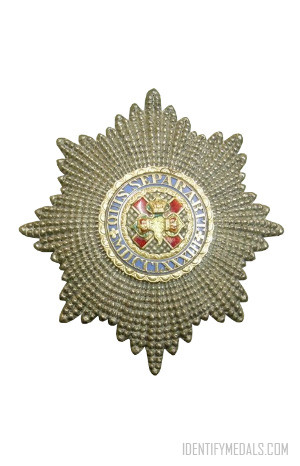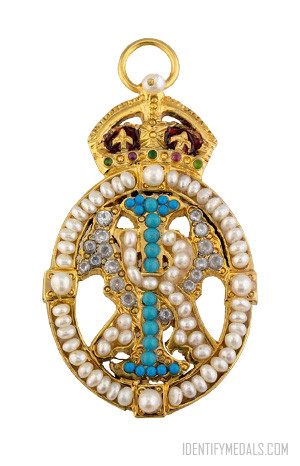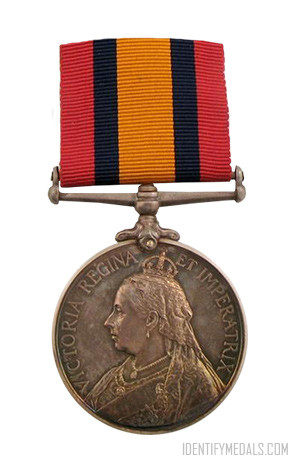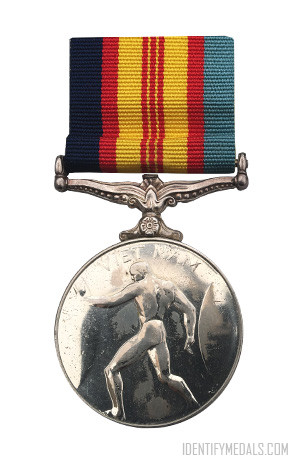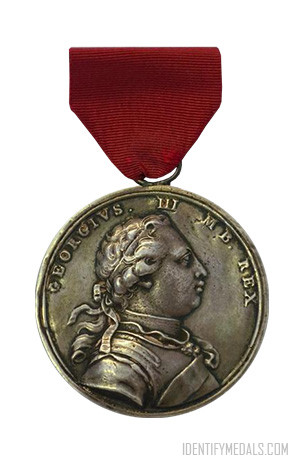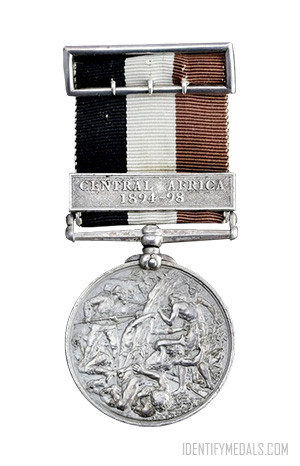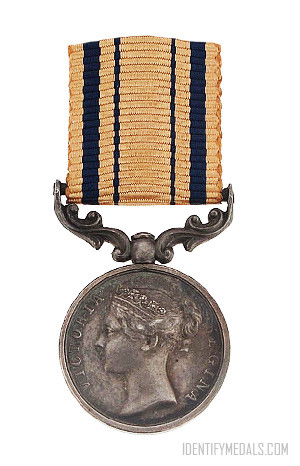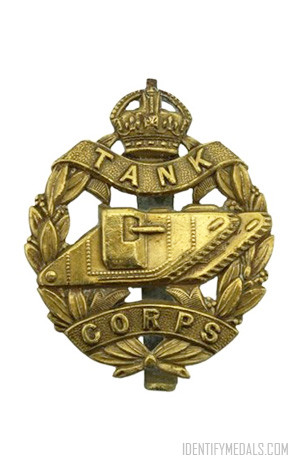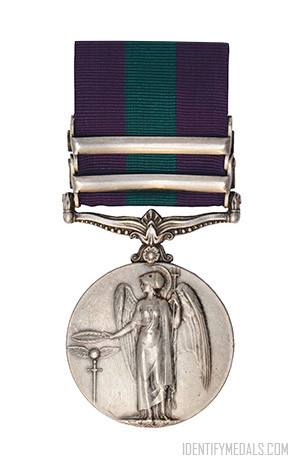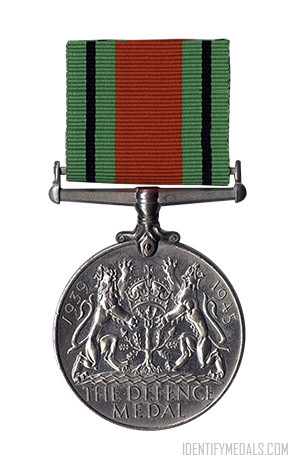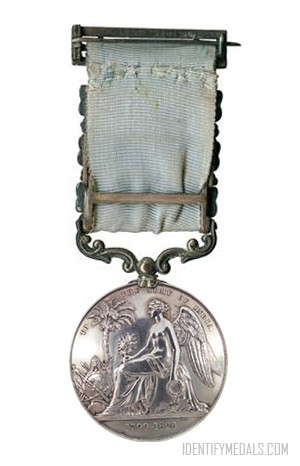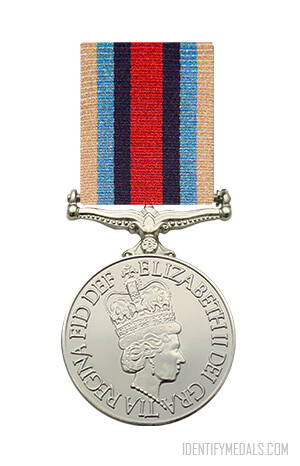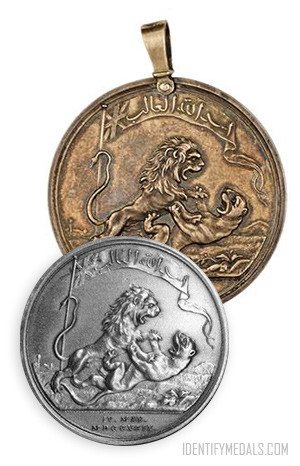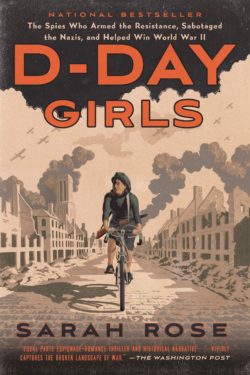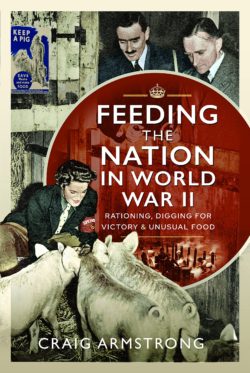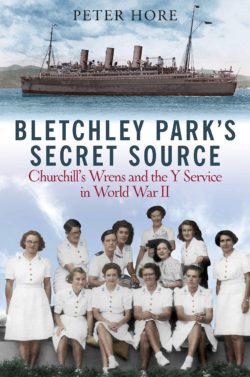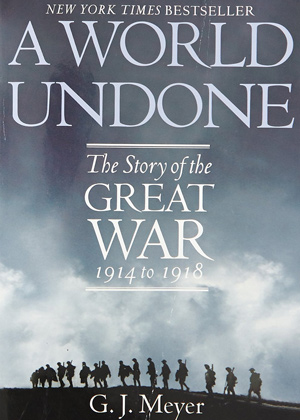- Time Period: Pre-WW1
- Year of Institution: 5 February 1783
- Country: Great Britain
The Order of St. Patrick (or The Most Illustrious Order of Saint Patrick) is a dormant British order of chivalry created in 1783 by George III to reward the loyalty of Irish peers during the American War of Independence. The knights of Saint Patrick lasted until 1922, when most of Ireland gained independence as the Irish Free State.
The patron of the Order is St Patrick, and its motto is “Quis separabit?” or “Who will separate [us]?” in Latin, an allusion to the Vulgate translation of Romans 8:35, “Who shall separate us from the love of Christ?“
No knight of St Patrick has been created since 1936, and the last surviving knight, Prince Henry, Duke of Gloucester, died in 1974. The Queen, however, remains the Sovereign of the Order. Its equivalent in England is The Most Noble Order of the Garter, dating to the middle fourteenth century, and in Scotland it’s The Most Ancient and Most Noble Order of the Thistle, in its modern form to 1687.
The Order of St. Patrick Design
The star of the Order is an eight-pointed figure, with the four cardinal points longer than the intermediate points. Each point is a cluster of rays. In the center is the same motto, year, and the saltire cross of St Patrick in red enamel. The star was worn pinned to the left breast. The chain is made of gold and composed of six harps and six roses, the last alternating with white and red petals. The badge is pinned to the riband at the left hip. Made of gold, it depicts a shamrock bearing three crowns, on top of a cross of St Patrick and surrounded by a blue circle bearing the motto as well as the date of the Order’s foundation in Roman numerals (“MDCCLXXXIII“). The broad riband is a celestial blue sash worn across the body, from the right shoulder to the left hip.
For important occasions, such as Coronations, Knights of St Patrick wore elaborate vestments consisting of: The mantle, a celestial blue robe lined with white silk and a blue hood, the hat of the Order, changed from white satin to black velvet by George IV, plumed with three falls of feathers, one red, one white and one blue, and the collar, made of gold and consisting of Tudor roses and harps attached with knots and a central harp, from which the badge of the Order is suspended, surmounted by a crown.
Unlike the other two great orders, the sash is worn in the manner of the lesser orders, over the right shoulder.

